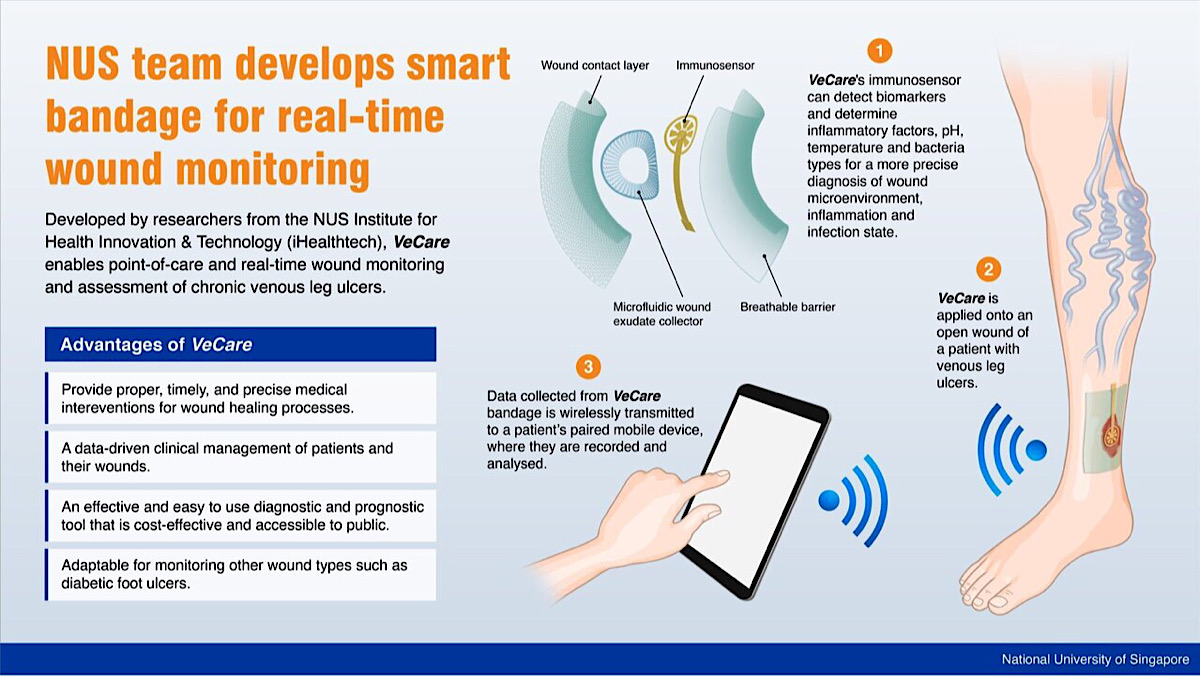- Semaglutide, a weight-loss drug, showed promise for treating obesity in recent research.
- Demand quickly exceeded supply after the FDA in June approved once-weekly semaglutide injections.
- However, some experts worry that we don’t yet understand the drug’s long-term effects.
2021 was a historic year for obesity treatment. In June, the Food and Drug Administration approved the weight-loss drug semaglutide, which some experts described as a “game-changer.”
The medication, initially developed to treat Type 2 diabetes, was the first drug treatment to be approved by the FDA for weight management since 2014. Wegovy, the brand of semaglutide sold by Novo Nordisk, is a once-weekly injection designed to balance out hunger hormones. It’s prescribed for people with a body mass index of 30 or more, or a BMI of 27 with related conditions such as diabetes.
Semaglutide was widely praised, prompting such high demand that there were shortages within months of Wegovy’s entrance into the market.
While questions remain about its long-term effects, the drug made a splash in healthcare this year, changing how experts and the public think about weight loss.
Continue reading… “A ‘game-changer’ weight-loss drug was approved in 2021. Demand was so high that there were shortages within months.”












